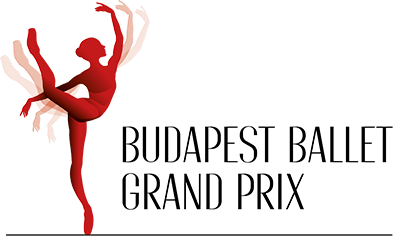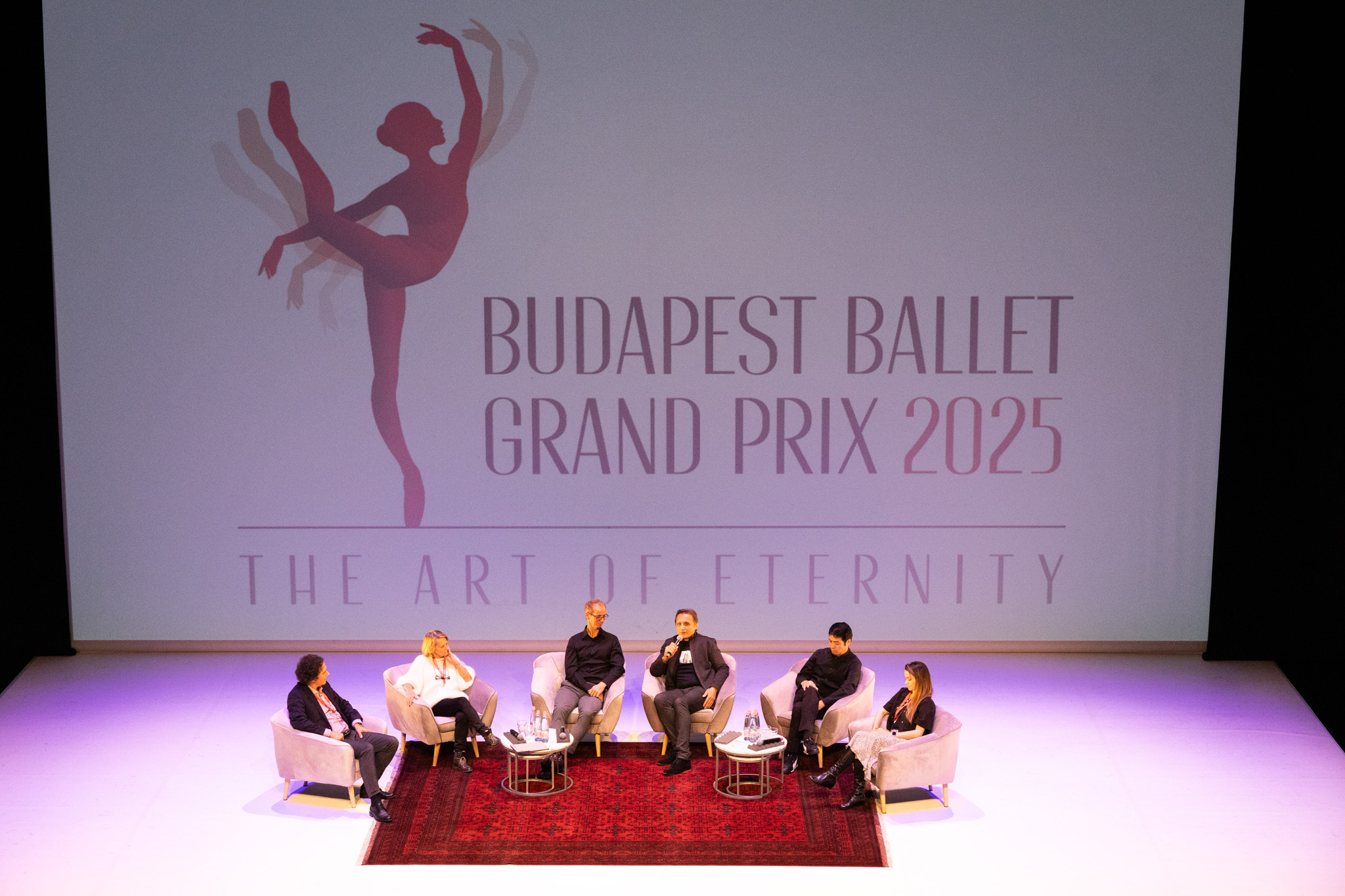The Budapest Ballet Grand Prix is being held for the third time this year, which, according to the organizers, brings professional ballet competition back to the Hungarian capital. The international competition is organized by the Hungarian Dance University (HDU), and the event will be held at the National Dance Theatre and Müpa between November 17 and 21, 2025. This year, the competitors will once again be judged by five world-renowned experts, who introduced themselves during a discussion on the first day of the program series.
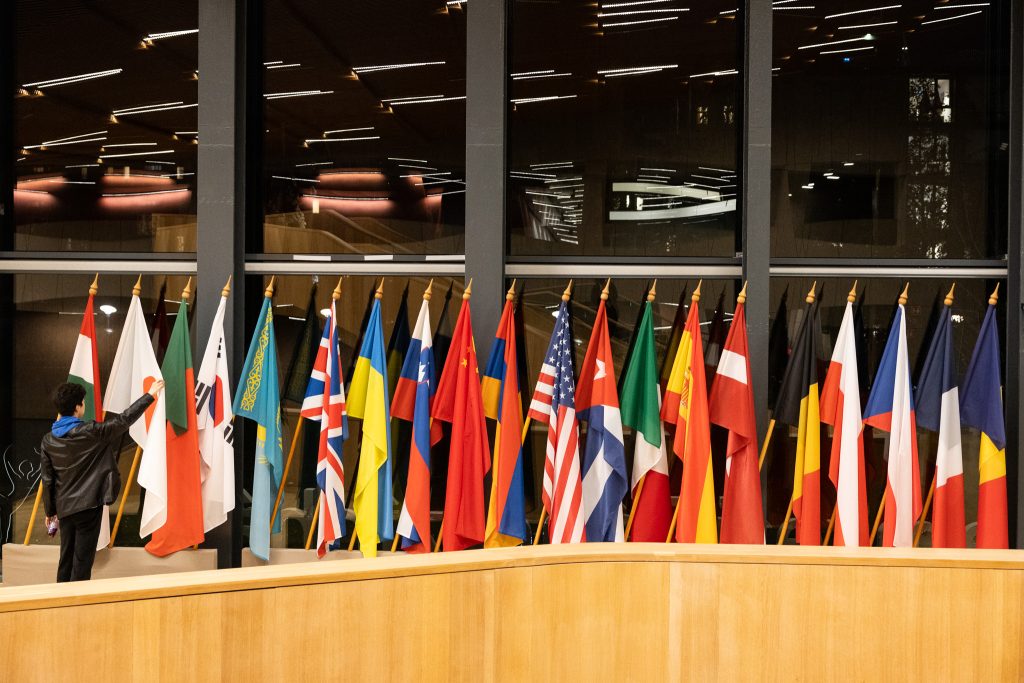
Photos by Maria Balogh – BBGP
On November 17, the National Dance Theatre hosted an event called Meet the Jury,
where attendees had the opportunity to meet not only the jury, but also the organizers of the 3rd Budapest Ballet Grand Prix. Once again this year, the competitors and audience were welcomed by Tamás Zoltán Nagy, President of the Artistic Council of the Hungarian Dance University, associate professor, and competition director of the Budapest Ballet Grand Prix, who also moderated the introductory discussion.
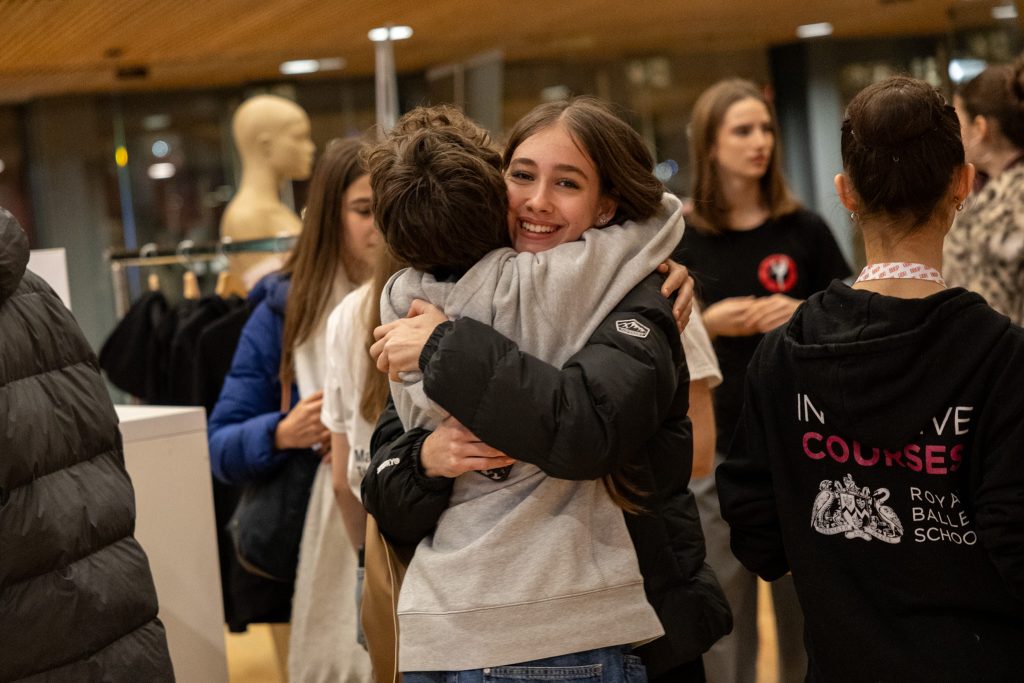
As we wrote earlier, more than 150 registrations were received from 23 countries for the competition for young people aged 14-24, of which 79 competitors were selected by the international jury, consisting of the following five experts:
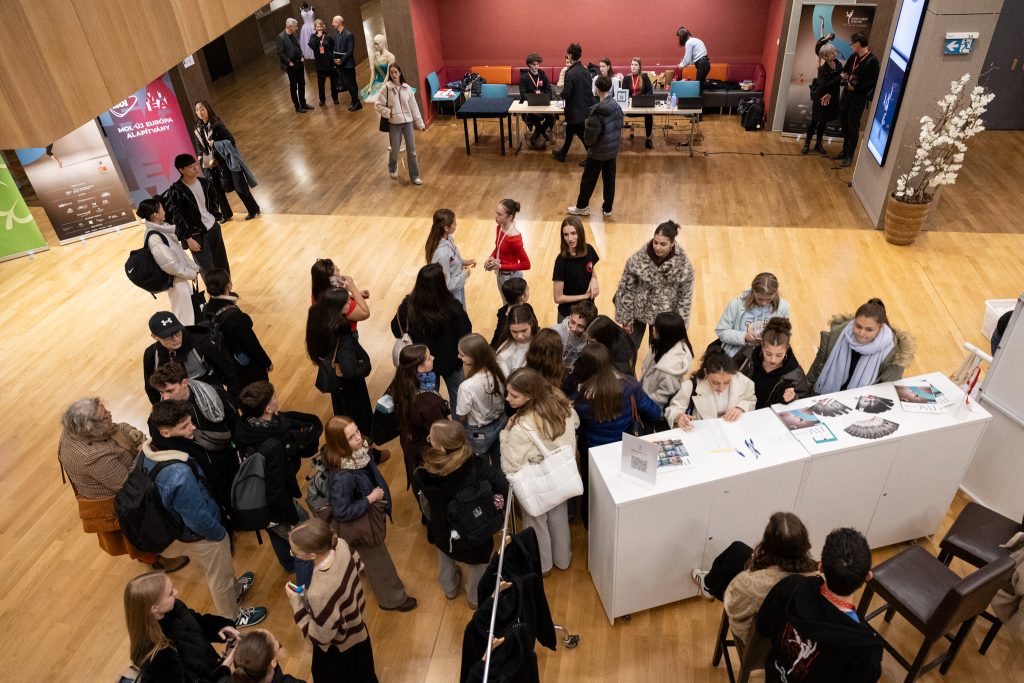
● Mária Aradi, dancer, former prima ballerina of the Hungarian State Opera House and the Dutch National Ballet, rehearsal director and ballet master;

● Megan Fairchild, principal dancer of the New York City Ballet;

● Kinsun Chan, Swiss-Canadian choreographer, artistic director of the Semperoper Ballet;
● Jahn Magnus Johansen, co-director of the Norwegian National Ballet and head of its youth company;
● and Mário Radačovský, former soloist with the Dutch National Dance Theatre and artistic director of the ballet company at the National Theatre Brno.
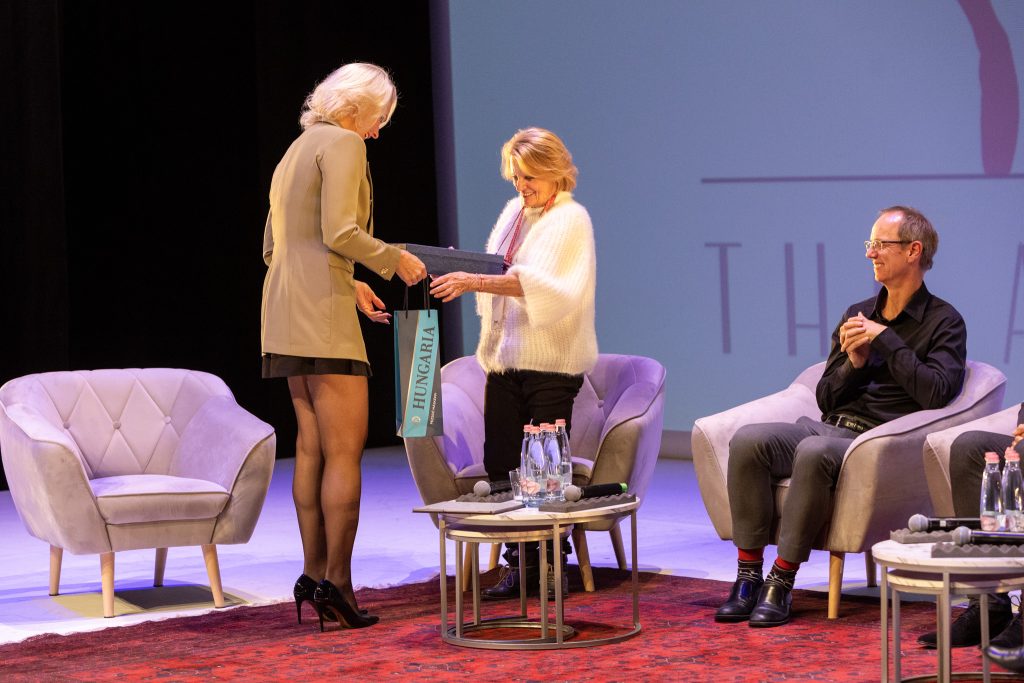
One of the first and most important topics of the evening was how ballet has changed in recent years and what expectations dancers face today.
We see amazing talent on the internet, which wasn’t like this in the past,
– said Márta Aradi, who emphasized that experiences in the online space almost force dancers to become better or to do things that seem impossible. The Hungarian jury member pointed out as a shortcoming that she sees less and less personality on stage, that ballet has unfortunately moved in the direction of sport and technique, and that it seems to lack artistic flair, the performance itself.
The life of a dancer is full of challenges that even the greatest masters find difficult to overcome. According to Megan Fairchild, dancers must always focus on themselves, not on others—which can be dangerous territory—and bring out the best in themselves. Since every dancer develops at a different pace, comparisons can have an extremely negative effect on young talents.

Every young dancer who has just graduated from university dreams of joining a dance company. No matter how hard you work, it is not easy to be accepted into a company. Tamás Zoltán Nagy asked the jury what they look for during auditions
The responses revealed that, according to the directors, it is not necessarily the “completed product” that is important, but rather the potential and the journey itself. Talent alone is not enough for some companies; sometimes they are looking for a dancer with a specific physique for their team, but this does not mean that the other ballerinas are “not good enough.”
The most important thing, however, is honesty, determination, and the desire of the dancer to constantly improve. Being a ballerina is a difficult occupation, an exceptional situation.

This is not work, it is more than that. Even in the most exceptional cases, it is about 20 years, which passes very quickly
– as it was mentioned during the conversation.
According to Jahn Magnus Johansen, who has mastered both classical and contemporary ballet, a young dancer who wants to excel in both styles must be curious and believe that she or he is capable of the task at hand. Excelling in both classical and contemporary dance is a challenge, as each demands different things from the dancer, especially in terms of movement, but at the same time it gives the ballerina the opportunity to develop further.
